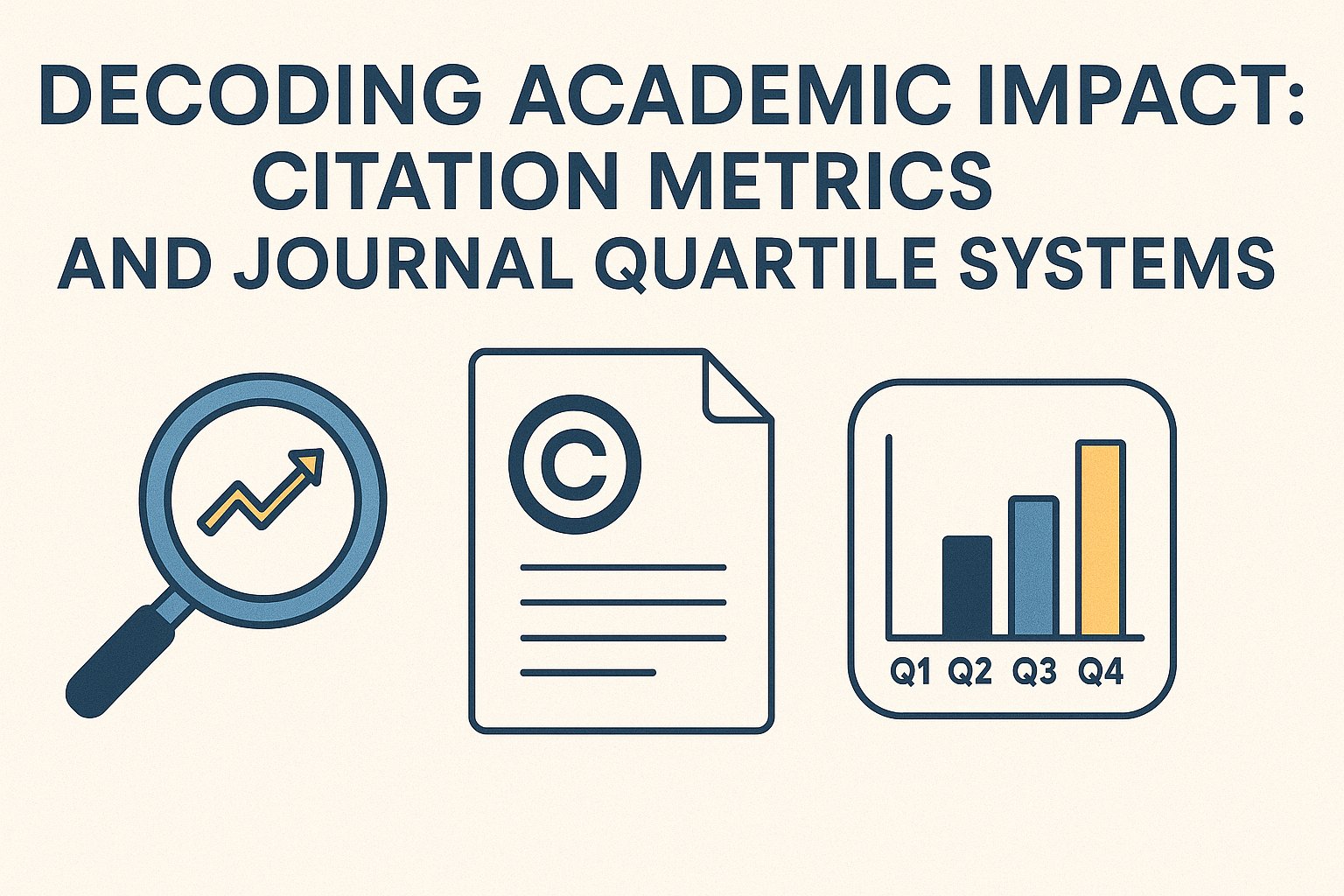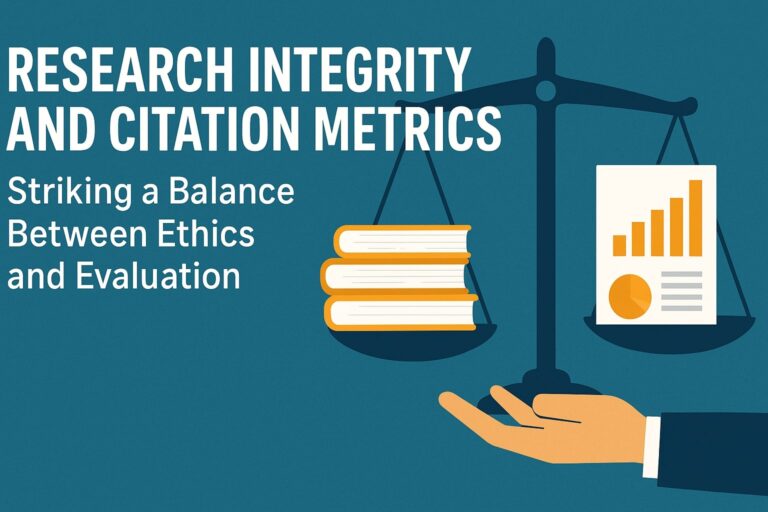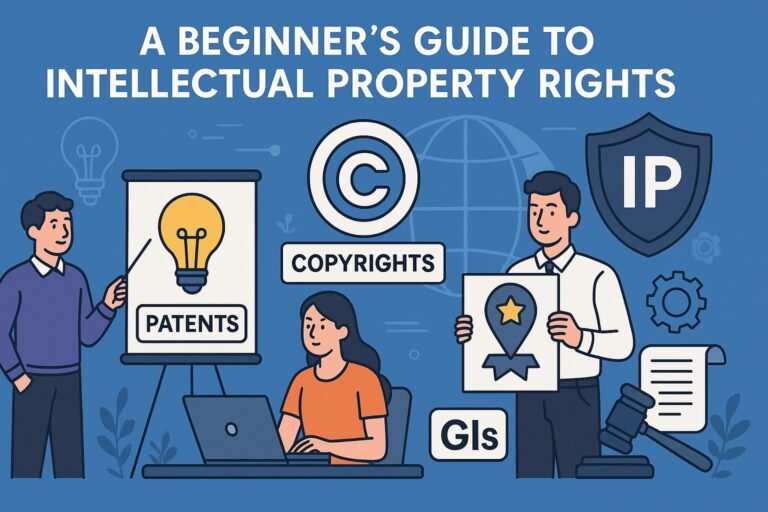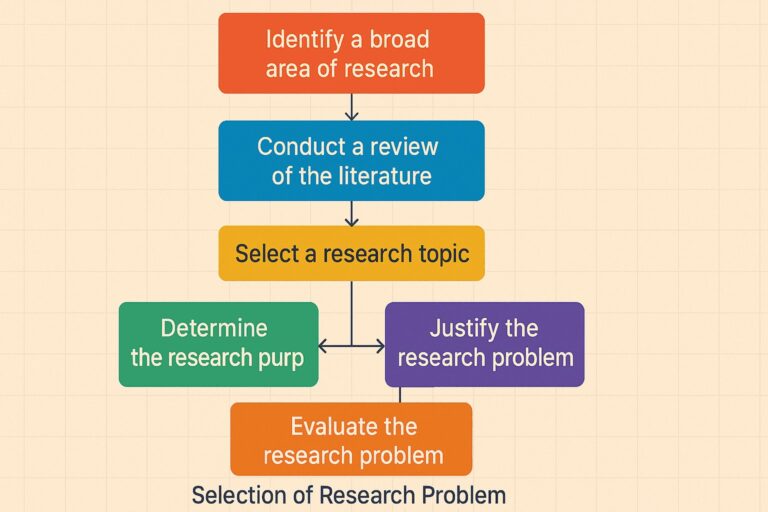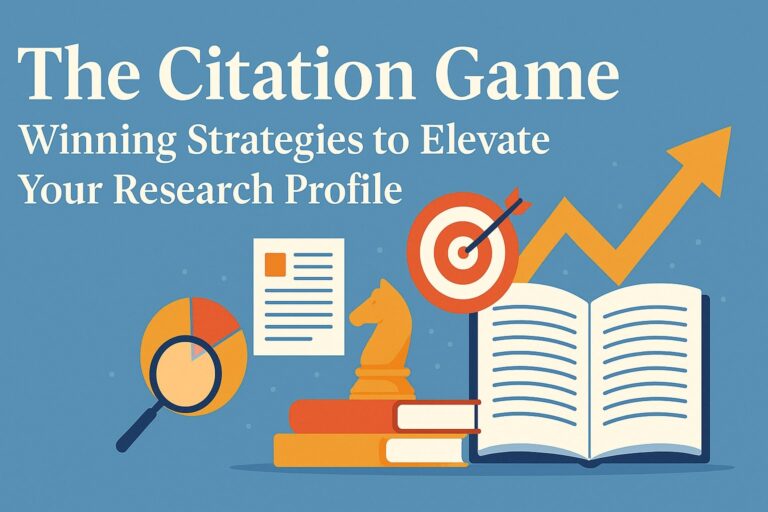The Citation Race: How emerging trends are reshaping academic metrics : Progress, pitfalls, and insights (2026)
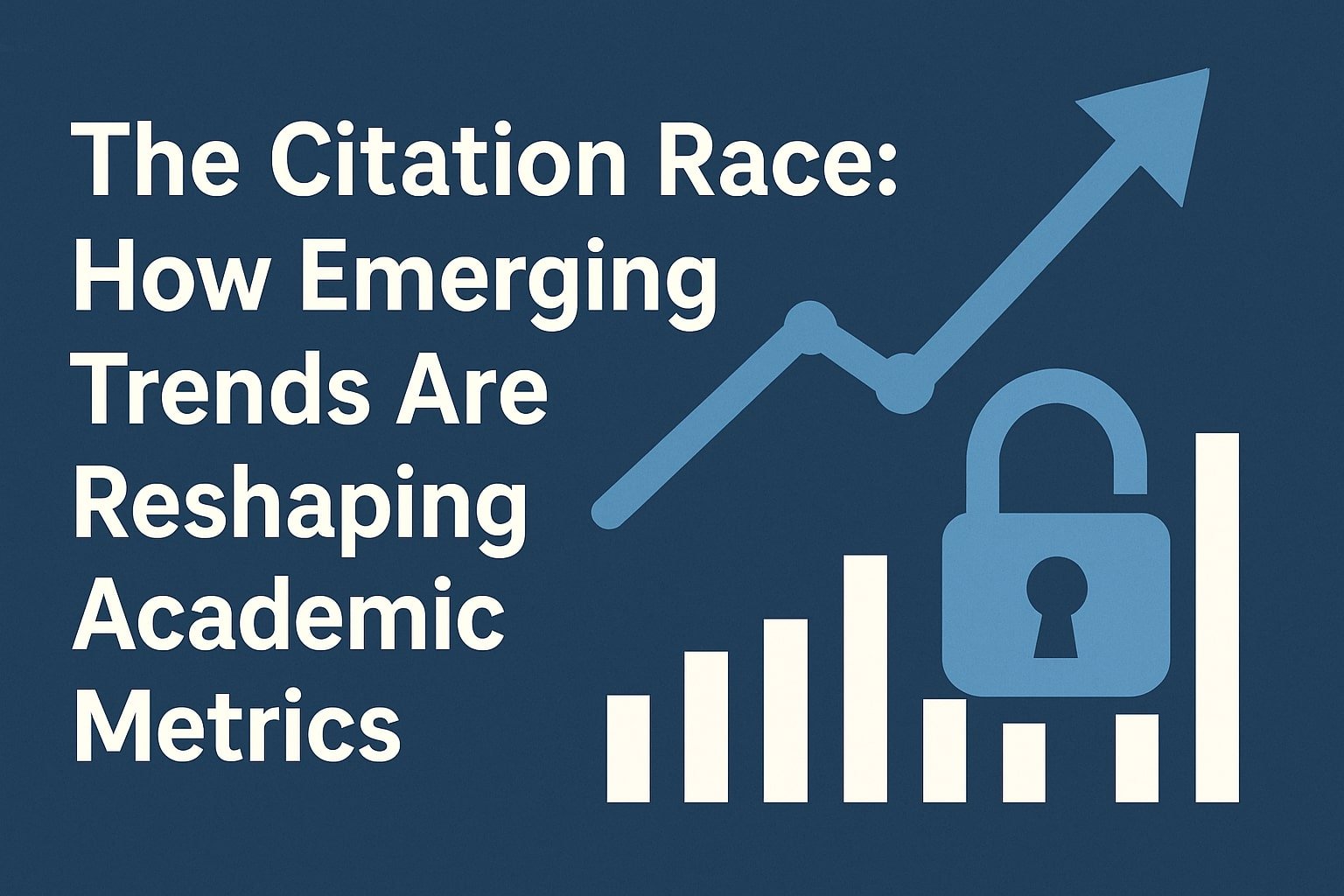
The shifts in academic publishing in 2026 are unlike the slow, drawn-out processes of the past decade. The processes of decades past, such as journal submissions, could take a long time simply because the submissions were going to the most prestigious titles and being peer reviewed. Now, the processes have speed, and the operations take record times, owing to the mass utilization of data and algorithms. The new system of academic publishing, along with the core stakeholders such as the universities, publishers, and readers, has now become one and works in synchrony.
The primary focus of this particular post is identifying and explaining the various trends that rule the scholarly world as well as the possible implications in the future. Therefore, the topics chosen are unconventional open access, newer methods of impact assessment, emerging peer review processes, and the ongoing work towards equity in scholarly publishing, which are all shapers of knowledge in 2026. The audience for this particular post is diverse, ranging from lab workers and library desk employees to anyone concerned with how facts are shared on the Internet. These trends are now the focus of the blogging world.
What are academic metrics?
Academic metrics also known as academic indicators include the qualitative and quantitative indicators used for the evaluation of scholarly work vis-a-vis performance, productivity and impact. These metrics also help assess the impact of researchers, institutions and journals while gauging their significance in the international scholarly ecosystem. For quite some time, traditional methodologies such as the Impact Factor, h-index and citation counts were the mainstays of the evaluative ecosystem; the focus remains primarily on the numerical indicators of scholarly influence.
The increasing number of critiques of the heavy reliance on the ‘the numbers phenomenon’ has led to some new ‘old metrics’ such as altmetrics in their range to capture new dimensions of impact such as social media activity, policy advocacy, and the ‘public’ in the ‘public scholarship.’ The contemporary scholarly setting dominated by Open Access publishing and digital scholarship practice suggests that the academic metrics are in the process of thesis-antithesis development; the paradigm of citation-centric metrics is shifting to a broader paradigm which emphasizes the quality, accessibility and impact of research.
The New Age normal is open access
The first piece of information that has set the tone for the next age is open access. It is the oldest rule but it is the most used. By the beginning of 2026, having to pay to access vital information is unfathomable. The stress from the funding agencies, policies, and researcher scrutiny have all contributed towards open access journals becoming the new normal.
Preprint servers such as arXiv, bioRxiv, and medRxiv are now necessities, stepping up as the frontiers for the frantic pace of progress in AI, health, and climate. Everything has its downfalls and in this case, exorbitant article processing charges, predatory publishers at the fringes, and the persistent universal publishing inequity leave a lot of issues to sort out.
Rethinking Research Impact: Beyond Citations
At the very same time, the measuring of the impact of the research is changing. The older citation-based metrics constructed an impact factor for the publishing journal, or h-index for individual authors, do not paint the complete picture. In 2026, some scholars track altmetrics, which count shares on social media, downloads of the papers, mentions in the news, or blogs. Based on the data from DOI provided in the altmetric report, these metrics show the extent to which research moves beyond university cosmologies and classrooms into the real world. However, they make it essential to rethink impact, and how to do it in the most equitable and beneficial way to the participants.

Peer review is changing
The progress on a different front is the change in the peer review process. Peer review is still regarded as a time-consuming, and not very clear process, but now it has to change a lot. While some journals are adopting open peer review, others are introducing AI to assist in review bottlenecks.
The underlying purpose is to enhance the transparency of the process while shortening the time to assess the aforementioned papers. Nevertheless, these proceedings raise new dilemmas, such as the biases of the reviewers, privacy, and the mechanical aspect of the processes within academia.
Even if they are in the spotlight, the Global South researchers are incapable of addressing the persistent inequities that hamper the publishing of their work. The attempts of publishers to close the gaps of language discrimination are noteworthy.
Editors are more responsive to the need to broaden the biases of publication and citation. However, genuine progress remains elusive.
These inequities apply to the entire cycle of research and publication, from the laboratory to the library. Recognition and free access to knowledge are of great importance to the authors and readers, which is why these inequities are worrying. Institutions, on the other hand, are primarily focused on sustaining their reputation. These inequities present the toughest challenges to the ethical, open, world-changing future of research.
The world of academic publishing is projected to undergo dramatic change by 2026.
The pace of change is being fueled simultaneously by new technologies, stronger efforts to improve access, green goals in publishing, and new expectations from researchers and their funders.
In this regards, below we look at ten trend lines which boom in the context of scholarly communication.
Open Access Takes Center Stage
Gold, Diamond and Platinum OA Surge
Gold Open Access: The gold Open Access in which the author or funding bodies pays a fee and in return the paper becomes free to access by everyone, is now a norm in most disciplines. Major publishers like Springer Nature claim that 50% of the articles they handle now publish open access. There’s a surge in two community-based initiatives.
Diamond OA: No fees paid by the authors or the readers are paid. The expenses are instead assumed by a consortium of libraries, universities or research.
Platinum OA: Author fees are replaced by community funding sponsorship, which supports local research.
By offering these models, scholars are beginning to remove the subscription boxes, that once seemed to be unbreakable.
Nation Level Deals and Equitable Access
In India, the One Nation One Subscription initiative has plans to bundle access to 13,000 journals into a single digital library for a cost of ₹6,000 crores.
University associations at a national level are now negotiating contracts that link open access to the science paywall, where universities pay the publishing costs and in turn remove the paywalls.
It’s a win for the public because access is granted to more readers.
The Benefits of Open Access
Springer Nature expects it 2025 net revenue to range from €1.89 to €1.94 billion attributing the growth mainly to open-access journals. At the same time, Bloomsbury reaped additional revenues from their open-access textbooks, which sit alongside their best-selling novels.
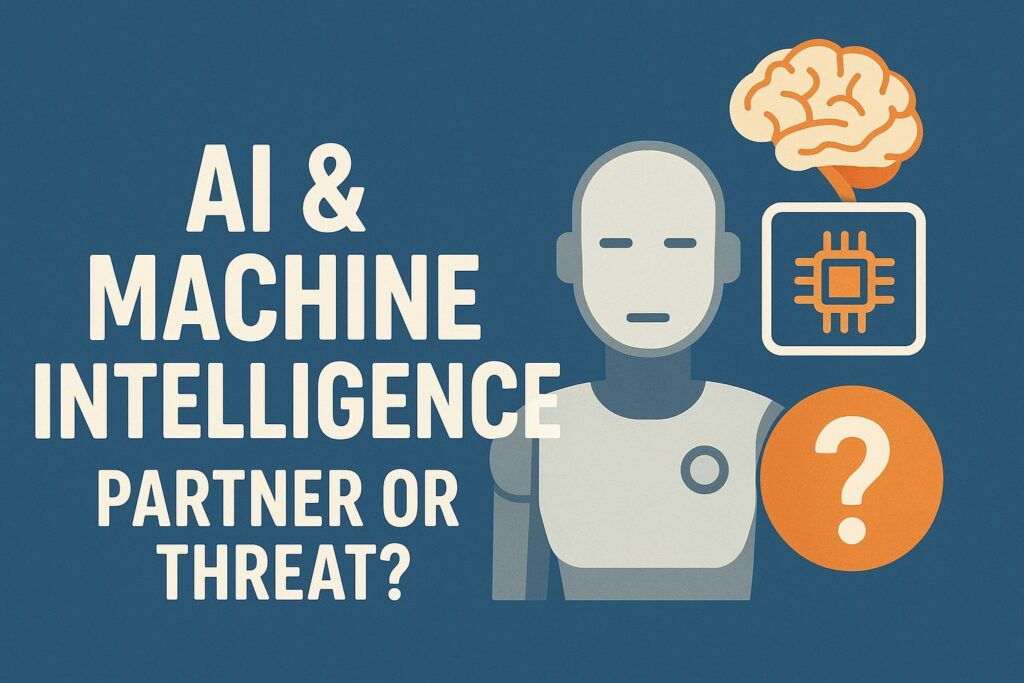
AI & Machine Intelligence: Partner or Threat?
Improved Review and Workflow Efficiency: AI is utilized by publishers to scan manuscripts for plagiarism, check references, and even find reviewers. While the tools expedite the process, fears of biased algorithms and poor quality control remain.
Authorship and Ownership: Large language models are used by researchers to come up with ideas or draft text, which leads to blurred lines of credit and ownership. This is where Wiley and any idea it suggests propose for scientists to elaborate on every detail and acknowledge what the AI did.
Phantom and pseudo reviewers pop up much faster than any ethical framework can be applied; we have strong regulatory frameworks for ML.
Open Science and Data Transparency
File Sharing prior to publication: More journals and funding agencies now request authors to upload raw data to Dryad, institutional repositories, or other similar platforms, so other teams can verify and replicate the work.
To promote the publication of research to the public journals often ask researchers to submit project proposals with no data collection. That enables the peer-review process to scrutinize the methodology, thus preventing oversight bias and enhancing the integrity of the work.
The open-access model, however, is not foolproof; the MIT Economics paper that received significant attention after being posted in May of 2025 however, serves as a reminder that moderation is necessary.
Metrics other than citations
The expansion of altmetrics: Many scholars and publishers have now moved beyond paper citation counts to consider other forms of paper impact like the number of tweets, downloads, and even the frequency with which the paper is mentioned in the news.
These altmetric data assist teams in identifying emerging trends, optimizing communication strategies, demonstrating the impact of research on society beyond academia.
Aligned to the SDGs impact evaluation: Several leading publishers have now aligned their practices to the UN Sustainable Development Goals, accumulating dedicated scores and hosting keyword hubs to monitor the influence of goal-driven articles. Initiatives like the SDG Publishers Compact and real-impact journals are gaining traction across the globe.
Interdisciplinary and inclusive scholarship
Hybrid and cross-field journals: Bioinformatics, urban studies, and digital ethics are just some of the associated periodicals that have exploded over the last few years, often featuring several disciplines in a single article. As a result, blended authorship is showing up in more articles than ever.
DEI driving editorial change: Many editorial boards nowadays, such as RSC, Emerald and Cambridge, embrace DEI—Diversity, Equity, and Inclusion—policies when considering the approach taken to every new article and special issue. All of them tie that effort to the UN Sustainable Development Goals, showing that they do not wish to fall behind on equity and broader access as part of their future.
Multimedia, interactivity and cloud publishing
Beyond Text—Interactive Publishing: Many scientific journals now replace more conventional formats with a mixture of texts, video clips, and even virtual reality, spinning 3D visuals without a physical model. This enables the visually inclined to access information otherwise embedded in dense text.
Cloud Collaboration: These days, people from different continents can work on a document, edit it, and comment on it in real time, using cloud programs.
The audience engagement tools capture user activity data, which feeds into the search engines and ensures that the audience accesses the most relevant documents first.
Blockchain and Trust in Publishing
Immutable Peer-Review Records: Multiple scientific journals are beginning to experiment with blockchain technology to safeguard each of the review notes and bits of the reviewer activity, including the notes of version dates and other reviewer activity. It should make fraudulent claims more difficult and increase the trust of researchers in the entire system, because this record cannot be altered subsequently.
Enhanced Copyright and Royalty Traceability: That same digital ledger contains the whole content circulation and ownership system. It automatically starts fair payments, tracks, and manages the content ownership exchange, and even permits efficient micropayments each time an article or image is used on the internet.
Sustainable Publishing and Print Reality
Digital-First and Eco-Awareness: Publishers are more inclined to first go digital, only offering print-on-demand after an order is placed, thus minimizing the waste of unsold books and storage. Many of them have switched the office light to LEDs, showing that every page helps in the fight against climate change by negating the carbon offset of the presses.
Print-on-Demand (POD) Models: Print-on-demand fulfills small, targeted requests textbooks and art, while reducing excessive printing and paper waste.
Combating Predatory Publishing
Evolving Predatory Threats: Nowadays, scammers only need basic social engineering to deploy fake AI driven editorial boards, spam emails, and machine generated peer reviews that seem authentic.
Arrests of thieves have become an annual practice resulting in loss of reputation and finances running into millions of dollars for the targeted institution or entity.
Legal frameworks supported by collaborative and proprietary black and white listing, block chain identification, AI filter programs, and advanced legislation in some countries have led to the establishment of strong technical defenses.
Social Media & Alt-Style Outreach
To start, the improved visibility along with academic influencers. Scholars and researchers, for instance, are able to display papers on LinkedIn, Instagram, and TikTok where these platforms and Twitter allow instant public and media attention in the discourse.
Afterwards, the communication enhancement through data analytics. Publishers analyze the engagement data and do hashtag systematizations, visualizations, and summary amplifications, which in turn increase the visibility of the research far beyond the campus.
The Continual Feedback Loop
These trends do not dwell in isolation; they interlace in real time.
Interconnection of Trends OA & Altmetrics: The social engagement of published research is measured by altmetrics. The reach of research is enhanced by open access
Transparency & AI and Trust: AI can assist in the screening process. Full data transparency boosts trust.
Trust & Blockchain: Ethical, transparent peer review of scholarly work is supported by digitally immutable logs.
DEI & SDGs: Inclusive publishing helps achieve the sustainable development goals.
Geopolitics & Global publishing infrastructure: Zooming In National control over scholarly communication: Get again to ChinaXiv and other local open access. Payment caps are limited by the European Plan S and also eliminate hybrid journals. Along with the funders, it strives to ensure that the results are published and accessible to everyone.
Open Source Repositories: OpenAlex was launched in January 2022 and covers over 200 million scholarly works and 13 million authors and serves as a free counterpart to Scopus and Web of Science.
As open access shares more and more content, it also attracts more metrics, wider data sets, and a greater potential for collaboration across digital platforms from around the globe. New tools—blueprints, AI, blockchains, videos, and various cloud applications—then amplify the knowledge so that it spreads wider and is more accepted.
Challenges & Forward-Looking Recommendations
Located under planned expenses, open access and blockchain hubs must be classified as operating expenses. ONOS, national boards, and select other universities will need to absorb this cost.
AI ethics and autonomy, copyright, data custodianship, and the conduct of reviewers, as well as other domains, are becoming more and more relevant. Yes, there are rules that need to be followed by authors and readers to ensure their safety.
Yes, access to these specialized tools will increase the pace and volume of distributed information, but the final evaluation will be made by a trained reviewer.
Equity worldwide: under-resourced scholars are an inherently unequally treated demographic, an inequity that diamond open-access publishers and national gateways are trying to solve.
Addressing these issues will allow us to actively engage in responsible, open, large-scale publishing.
A direct result of this is fostering the development of national and consortium level funding institutions. ONOS, Plan S, and similar initiatives are attempting to shift the burden of open access publishing away from individual authors. In return, authors gain access to central funding established by their institutions. This model attempts to alleviate the upfront payment burden while ensuring institutional funding to authors. In this way, equitable access is provided, and quality publication is still guaranteed.
Let All Stakeholders Define Convergence
Sadly, the governance of artificial intelligence does not have any of these luxuries. It is the responsibility of the scholars and the editors to have in hand AI-assisted, algorithmically opaque, and human-machine blended models that give insight on tiered control, standardized governance, and packeted checklists.
Protecting Trust in Science
To preserve the integrity of research, we should enhance peer review systems that are supported by blockchain, deploy AI systems that monitor and flag fraudulent activities in real time, and enable crowd-assisted evaluation. These cases make it challenging for false research or manipulated information to go undetected.
Enabling the Bottom of the Pyramid
Unless regional and specialized journals share in the infrastructure improvement, they will not be able to survive the technological advance. They should have access to distributed systems, cloud funding, and open-source resources.
Unified Global Effort
Although India, the US, the EU, and China have their own open data initiatives, success depends on their collaboration for mutual standards, coordinated metadata, and seamless interoperability.
Integrating these initiatives allows us to create a single borderless scholarly ecosystem instead of four separate ecosystems.
Key Takeaway
2026 will have a different feeling in publishing. Open access will be the norm. AI and blockchain will assist in every task, sharing data through video sets and interactive displays. Inclusivity and integrity will be the leading values guiding the decisions in every process.
Yes, the costs, the misuse of technology, and geopolitical issues are still relevant, but the focus is straightforward: more ethical, proactive, and sustainable manners to circulate knowledge are emerging. It will be mainly the journals, libraries, researchers, and lawmakers who remain inquisitive and agile who will flourish during the shift.
By the middle of 2026, the paywalls will be gone, and in their place a collaborative, open, tech-savvy trust network will emerge. The main open access shifts are the ones that will be establishing the new default outlet.
At each stage of publishing, AI assists. Publishing becomes effortless with AI.
The system is built upon data and precise reporting.
Impact scores focus on real-world shifts instead of vanity metrics.
The blockchain and peer community review ensure the community’s trust and fairness.
Text and multimedia pages include videos and other interactive elements for advanced learning.
Robust national policies guarantee equal access for all citizens.
Green policies are incorporated in every single decision, from printing to storage.
To thrive
Gaps are still present, and policymakers need to take care of the infrastructure and policy gaps too.
On the other hand, publishers need to support the development of accountability frameworks and equitable access models.
In the absence of formal publishing, scholars can take the lead by utilizing preprint systems, publishing open data, and engaging in productive discourse around AI.
Librarians and the consortia need to advocate for low-cost, open-access publishing.
Academic publishing in 2026 will not only transform the industry, but it will also change the fundamental dynamics of the global knowledge creation, validation, and dissemination ecosystem.
My Publications or visit my LinkedIn



